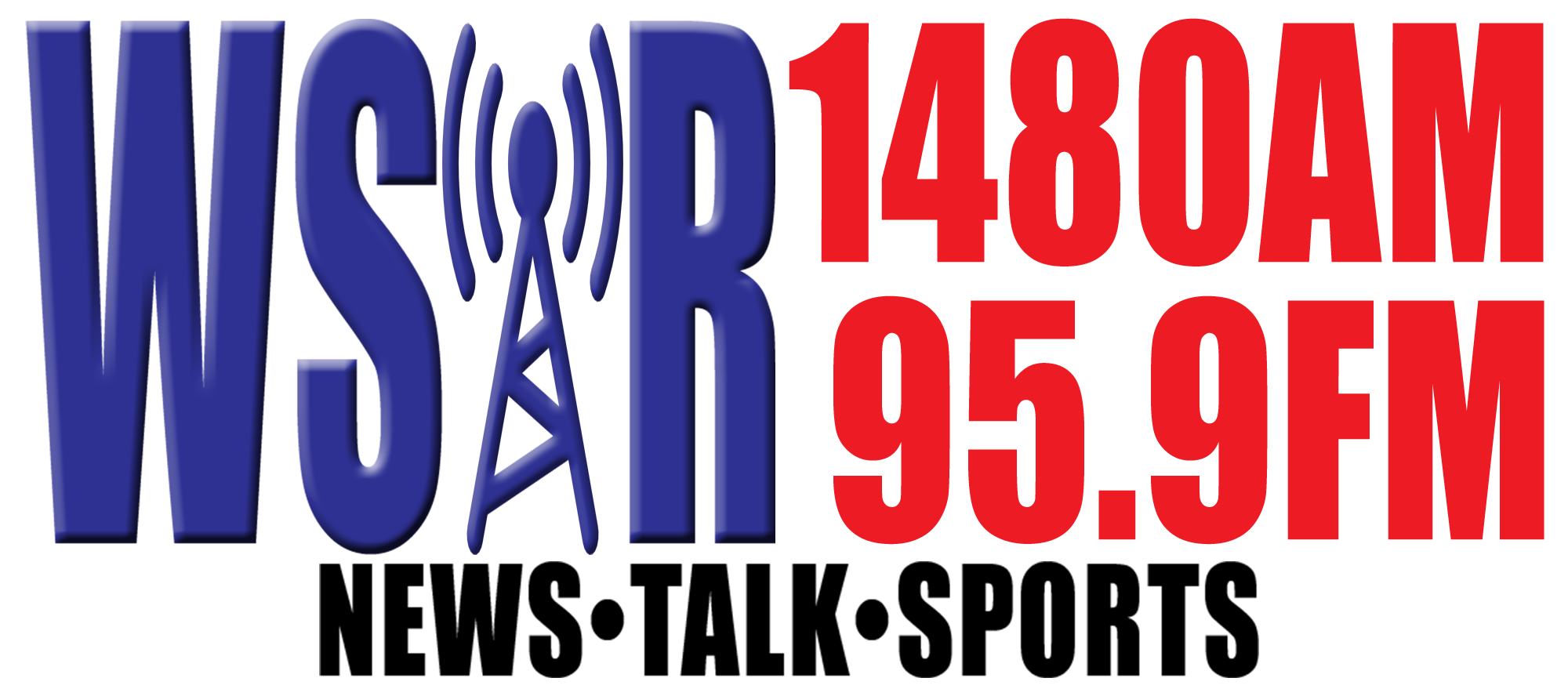Buck-le Up! Deer Crashes Abound in Autumn
As daylight saving time comes to an end, Massachusetts drivers need to buck up this fall and be on the lookout for deer – and the increased risk of becoming drowsy behind the wheel due to the time change.
A driver crashed into a deer once every two hours, on average, in the Commonwealth between October and December in 2020, according to a AAA Northeast analysis of Massachusetts crash data.
There were 1,402 deer crashes during that period with the most occurring between 6 and 8 p.m. After the time change, most crashes were between 5 and 7 p.m.
Deer crashes peak in autumn because it’s deer mating season, which means they’re on the move at dusk and dawn – just like commuters driving between work and home. It’s a recipe for potentially serious crashes, particularly because visibility decreases in the fall as each sunrise is later and sunset is sooner. The vast majority (81 percent) occurred outside daylight hours.
“Drivers need to be especially vigilant and anticipate deer darting into the roadway, especially during evening hours,” said Mary Maguire, Director of Public and Government Affairs for AAA Northeast. “And I speak firsthand—I hit a deer just last night on a dark, wooded road, and did a lot of damage to my car. Fortunately I was able to brake, and I had my seat belt on, but it could have turned out very differently if that deer had come through my windshield. I’ve also had deer dash out in front of my bike in wooded areas, so cyclists should be watchful as well!”
Along with earlier sunsets, the end of daylight saving time can also increase the risk of drowsy driving. The time change can disrupt circadian rhythms and contribute to loss of sleep. According to AAA Foundation for Traffic Safety research, losing one to two hours of sleep can double your crash risk, and an individual operating a vehicle with five hours of sleep or less in a 24-hour period faces crash risk as someone driving drunk.
Deer crashes occur across the Commonwealth, but some regions see more incidents than others.
The top counties for deer crashes in Massachusetts last year were Worcester (248), Bristol (194), Plymouth (192), Middlesex (184) and Essex (125)
Top towns for deer crashes last year were Westport (24); Andover (21), Middleborough (18), New Bedford (17), Plymouth and Bellingham (16), Freetown and Winchendon (15) and Sherborn (14).
Most deer-related crashes occur because drivers simply don’t see deer crossing the roadway in low-light conditions. But many crashes occur due to driver distraction or inattentiveness. AAA reminds motorists to:
• Slow Down. Reduce speed in low-light conditions, which will give you more time to respond to unexpected wildlife movements.
• Scan off-road areas. Deer may dash out from the shoulder or wooded areas adjacent to the road.
• Be patient. Where there is one, there may be many, so don’t speed off after a deer crosses your path as there may be more nearby.
• Be prepared. If a collision is unavoidable, apply the brakes firmly and remain in your lane; swerving sharply to avoid an animal can cause an even more serious crash.
The best way to avoid a deer crash is to never drive drowsy or distracted or with excessive speed. In the event a deer crash is unavoidable, swerving is almost never a good option, especially on country roads. Going to the right could send the vehicle into a ditch, tree or light pole. Swerving to the left could result in a lethal head-on crash. And remember to not get behind the wheel if you’re already tired. Rest first, and remember that sleep is the only substitute for lack of sleep.


